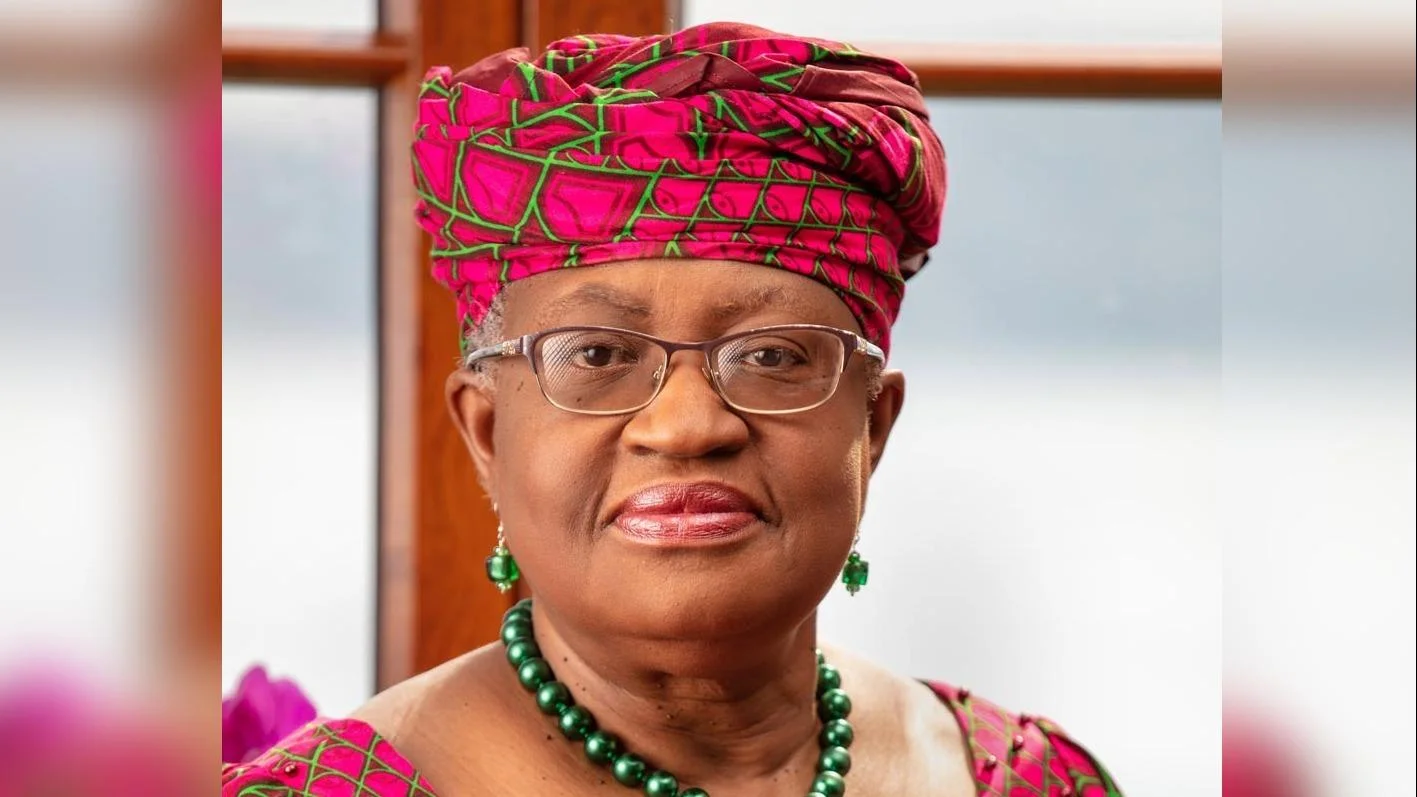Global trade could increase by up to 37 percent by 2040 if economies address gaps in access to artificial intelligence, according to the World Trade Organization’s (WTO) World Trade Report 2025. The report projects that global GDP may rise by as much as 13 percent in similar scenarios, with AI acting as a key driver of growth and productivity.
The findings indicate that the extent of these benefits will depend on how quickly low- and middle-income economies catch up with high-income countries in terms of digital infrastructure and AI adoption. For instance, if lower income economies close half of their digital infrastructure gap and expand AI use, incomes in these regions could rise by up to 15 percent.
“AI has vast potential to lower trade costs and boost productivity. However, access to AI technologies and the capacity to participate in digital trade remains highly uneven,” WTO Director-General Ngozi Okonjo-Iweala says in her foreword to the report.
“With the right mix of trade, investment and complementary policies, AI can create new growth opportunities in all economies. With the right frameworks, trade can play a central role in making AI work for all. The WTO is committed to supporting this effort,” DG Okonjo-Iweala said.
Trade itself is seen as an enabler for inclusive AI-supported growth because it allows economies to access goods critical for AI development—such as semiconductors and raw materials. In 2023, global trade in these goods reached USD 2.3 trillion.
However, disparities remain significant. The number of quantitative restrictions applied to AI-related goods rose from 130 in 2012 to nearly 500 in 2024, largely due to actions taken by higher-income economies. Some low-income countries also face bound tariffs on these products as high as 45 percent.
The report suggests that open and predictable trade policies are needed so more countries can benefit from advances in AI. It also emphasizes investing in education, training, and labor market policies to prevent widening inequality within countries as technology spreads.
The WTO plays a role by providing a platform for its members to discuss concerns related to AI and trade policy. According to the report, around 80 specific trade concerns about AI have been raised at the organization so far. Discussions have also taken place under the Work Programme on E-Commerce.
Further commitments—such as broader participation in the Information Technology Agreement or updating commitments under the General Agreement on Trade in Services—could help make access to AI more affordable worldwide.
The World Trade Report was released during the opening day of the WTO Public Forum on September 17. “The new report comes amid the worst disruptions the global trading system has experienced in 80 years. Yet amid the risks to trade, growth and development prospects, there are bright spots – and one of them is the potential of artificial intelligence,” said DG Okonjo-Iweala at the event’s launch.
DG Okonjo-Iweala added: “The ongoing political backlash against trade has much to do with underinvestment in education, skills, retraining and social safety nets during these past three or four decades of globalization. We cannot afford to repeat this mistake with AI.”
Deputy Director-General Johanna Hill joined Marc Bacchetta from WTO’s economic research unit at the launch event where they presented main findings from the report before a panel discussion took place.
Full details—including speaker program and video replay—are available through links provided by the WTO. The complete World Trade Report 2025 can be downloaded from the WTO website, while an executive summary is offered here. Printed copies are available through the WTO Online Bookshop.

